What is a Toad? A Comprehensive Guide
Toads, those intriguing amphibians often found hopping around gardens and woodlands, are much more than just frog like creatures. They represent a fascinating branch of the animal kingdom, with a rich evolutionary history, complex behaviors, and vital ecological roles. This guide will delve into the world of toads, covering everything from their physical characteristics and life cycle to their place in the ecosystem and their interactions with humans.
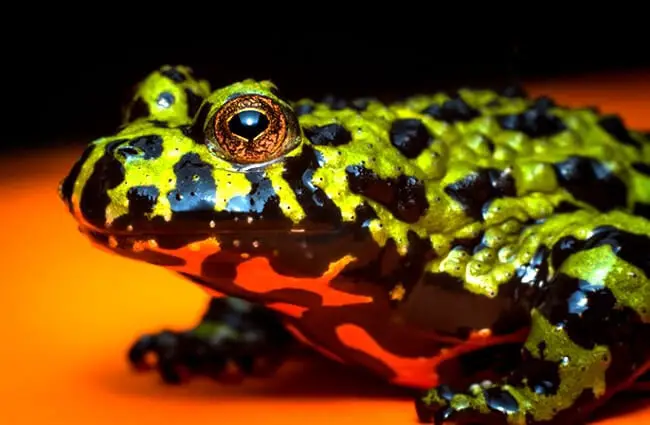
Defining Characteristics: Toad vs. Frog
Many people use the terms “toad” and “frog” interchangeably, but there are key differences. While both are amphibians belonging to the order Anura, toads generally possess drier, warty skin, and shorter legs suited for hopping rather than leaping. Frogs typically have smoother, moister skin and longer legs for powerful jumps. Toads also tend to be more terrestrial, preferring to live on land, while frogs are often more aquatic. However, these are general rules, and exceptions exist. The family Bufonidae is where most “true toads” are classified.
Habitat and Distribution: Where Do Toads Live?
Toads exhibit incredible adaptability, inhabiting a wide range of environments across the globe. They are found on every continent except Antarctica. Different species occupy diverse habitats, including forests, grasslands, deserts, and even urban gardens. They require moist environments for breeding and often seek shelter under rocks, logs, or in burrows to avoid desiccation. The Great Plains Toad, for example, thrives in the grasslands of North America, while the African Tree Toad is arboreal, spending much of its life in trees.
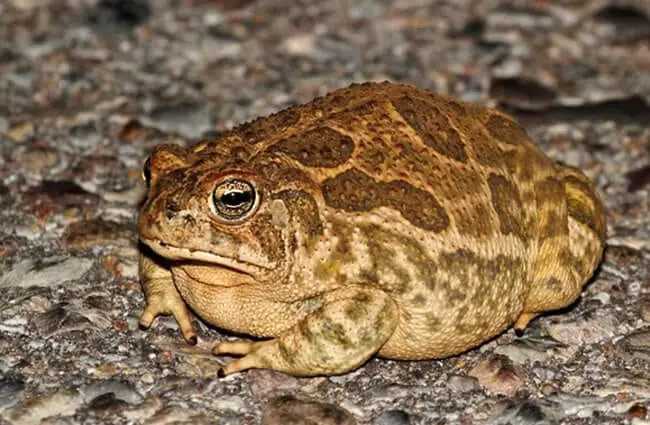
Evolutionary History: A Journey Through Time
The evolutionary history of toads is a captivating story spanning millions of years. Amphibians, including toads, evolved from lobe-finned fishes during the Devonian period. The earliest amphibians were aquatic, but over time, they developed adaptations for terrestrial life, including lungs and limbs. Toads, as a distinct group within the amphibian lineage, emerged during the Mesozoic era. Their fossil record, though incomplete, suggests they diversified considerably, adapting to various ecological niches. Understanding their phylogenetic relationships continues to be an active area of research.
Diet and Feeding Habits: What Do Toads Eat?
Toads are carnivorous, playing a crucial role in controlling insect populations. Their diet primarily consists of insects, worms, slugs, and other invertebrates. They are opportunistic feeders, meaning they will consume almost anything they can fit in their mouths. Toads lack teeth; instead, they use their sticky tongues to capture prey. Some larger species, like the Cane Toad, have been known to eat small rodents, birds, and even other toads. They are ‘sit and wait’ predators, remaining still until prey comes within striking distance.
Life Cycle and Reproduction: From Egg to Toad
The life cycle of a toad is a remarkable metamorphosis. It begins with eggs laid in water, often in long strings or clusters. These eggs hatch into aquatic larvae known as tadpoles. Tadpoles have gills and a tail, resembling small fish. Over time, they undergo a dramatic transformation, developing legs, lungs, and losing their tail. This process, called metamorphosis, culminates in the emergence of a juvenile toad. Toads typically breed in the spring or summer, often returning to the same breeding ponds year after year. The timing of breeding is often triggered by temperature and rainfall.
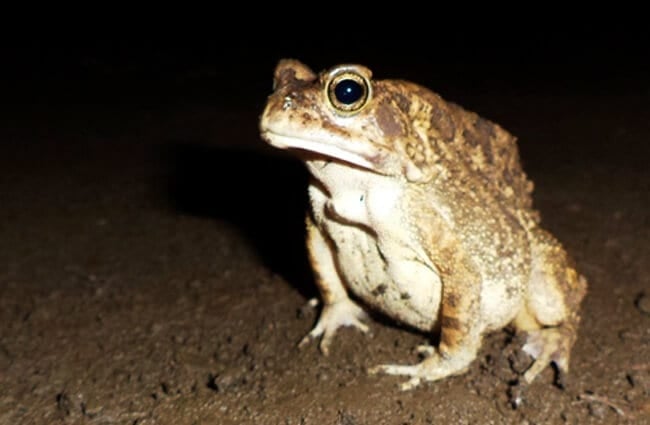
Ecological Roles and Interactions
Toads play a vital role in maintaining ecosystem health. As predators, they regulate insect populations, benefiting agriculture and preventing outbreaks. They also serve as prey for various animals, including birds, snakes, and mammals. Toads contribute to nutrient cycling through their waste products and decomposition. Some species exhibit parental care, protecting their eggs and tadpoles from predators. Their presence or absence can be an indicator of environmental health.
Toads and Humans: A Complex Relationship
Throughout history, toads have held cultural significance for many societies. They often appear in folklore, mythology, and literature. Some cultures view toads as symbols of transformation, healing, or good luck. However, human activities pose significant threats to toad populations. Habitat loss, pollution, climate change, and the spread of diseases like chytridiomycosis are all contributing to declines. The Cane Toad, introduced to various regions as a pest control agent, has become an invasive species, causing ecological damage and threatening native wildlife.

Identifying Toads in the Wild: A Practical Guide
If you’re hoping to spot toads in the wild, focus your search in moist environments such as woodlands, gardens, and near ponds or streams. Look under rocks, logs, and leaf litter. Toads are most active at night or during periods of damp weather. Observe their skin texture, leg length, and overall size to help identify the species. Remember to approach them cautiously and avoid disturbing their habitat.
Caring for Captive Toads: Zookeeper’s Guide
Providing proper care for captive toads requires attention to detail. Their enclosure should be spacious, with a moist substrate and hiding places. Provide a shallow water dish for soaking and maintain appropriate temperature and humidity levels. Feed them a varied diet of insects and other invertebrates, supplemented with vitamins and minerals. Regularly monitor their health and behavior for signs of illness. Avoid overcrowding and ensure their enclosure is cleaned regularly to prevent the spread of disease.
Fun Facts About Toads
- Some toads secrete toxins from their skin as a defense mechanism.
- Male toads often attract mates by producing loud vocalizations.
- Toads can regenerate lost limbs under certain conditions.
- The Colorado River Toad is known for its potent neurotoxins.
- Toads play an important role in traditional medicine in some cultures.
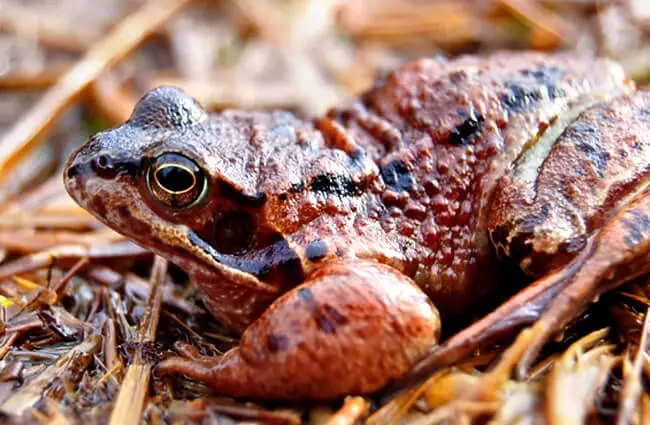
Encountering a Toad: What to Do
If you encounter a toad while hiking or exploring, observe it from a respectful distance. Avoid handling it unless absolutely necessary, and if you must handle it, wear gloves and wash your hands thoroughly afterward. Do not disturb its habitat or remove it from its natural environment. Report any sick or injured toads to your local wildlife authorities.

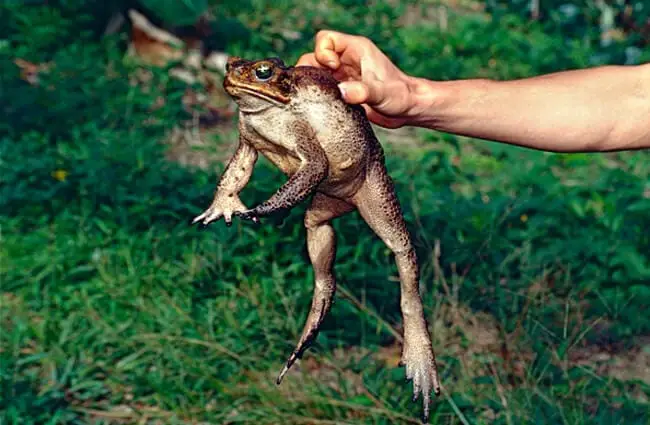
Toads are fascinating creatures that deserve our attention and protection. By understanding their biology, ecology, and conservation status, we can contribute to their survival and ensure that future generations can appreciate these remarkable amphibians.

![Red Angus Closeup of a beautiful Red Angus cowPhoto by: U.S. Department of Agriculture [pubic domain]https://creativecommons.org/licenses/by/2.0/](https://animals.net/wp-content/uploads/2020/03/Red-Angus-4-238x178.jpg)




![Red Angus Closeup of a beautiful Red Angus cowPhoto by: U.S. Department of Agriculture [pubic domain]https://creativecommons.org/licenses/by/2.0/](https://animals.net/wp-content/uploads/2020/03/Red-Angus-4-100x75.jpg)

